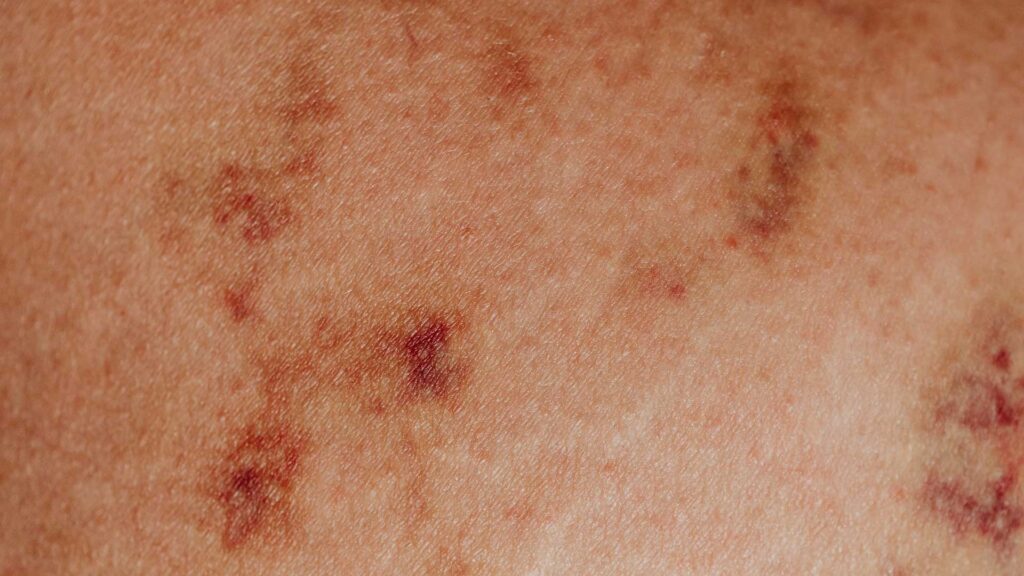Understanding the Different Types of Hair Loss: Unraveling the Mystery Behind Thinning Locks
Hair loss, a prevalent concern affecting countless individuals around the globe, can be a perplexing and emotionally challenging experience. From gradual thinning to sudden patchy spots, hair loss manifests in various forms, each with its underlying causes and implications. As we embark on this journey of unraveling the mystery behind different types of hair loss, let’s dive into the diverse world of alopecia and explore the factors that contribute to this common phenomenon.
1. Androgenetic Alopecia: The Familiar Tale of Male Pattern Baldness and Female Pattern Hair Loss
Perhaps the most well-known type of hair loss, androgenetic alopecia, or male pattern baldness and female pattern hair loss, affects both men and women. Driven by a combination of genetic predisposition and the hormone dihydrotestosterone (DHT), hair follicles gradually shrink, leading to a receding hairline in men and overall hair thinning in women. Although this type of hair loss is common, its impact on self-esteem can be significant, prompting many to seek effective solutions.
2. Alopecia Areata: The Unpredictable Warrior of Autoimmunity
Alopecia areata emerges as a formidable autoimmune disorder, where the immune system mistakenly attacks healthy hair follicles. This results in patchy hair loss on the scalp or other body areas, making it a puzzling and unpredictable form of hair loss. Despite its transient nature and potential for spontaneous hair regrowth, the emotional toll of alopecia areata can be challenging for those affected.
3. Telogen Effluvium: Stress-Induced Hair Fallout
Sometimes, life’s stresses manifest in unexpected ways, and telogen effluvium is a testament to this phenomenon. Triggered by significant physical or emotional stress, hormonal changes, illnesses, medications, or even childbirth, this type of hair loss disrupts the natural hair growth cycle. The result is a temporary shedding of hair during its resting phase, which may resolve once the underlying cause is addressed.
4. Anagen Effluvium: The Fight Against Toxic Exposure
Anagen effluvium often emerges as a consequence of exposure to toxic substances, such as chemotherapy or radiation during cancer treatment. Rapid hair loss occurs as these treatments target rapidly dividing cells, including hair follicles in the active growth phase (anagen). While the hair loss is severe, there is hope, as anagen effluvium can be reversible upon the cessation of the offending treatment.
5. Traction Alopecia: Tight Hairstyles as the Culprit
For those who frequently style their hair in tight braids, ponytails, or extensions, traction alopecia lurks as a potential consequence. This type of hair loss arises when constant tension is applied to the hair over an extended period, leading to damage and eventual hair follicle death. Early intervention can result in hair regrowth, but ignoring the issue may lead to permanent damage.
6. Scarring Alopecia: The Rare Encounter with Irreversible Hair Loss
Scarring alopecia, a group of rare disorders, stems from inflammation and destruction of hair follicles, resulting in irreversible scarring and hair loss. The affected areas of the scalp may appear smooth, with a shiny or scarred appearance. Early detection is vital, as timely intervention can prevent further progression.
7. Trichotillomania: The Emotional Connection to Hair Loss
Trichotillomania, a psychological condition, leads to hair loss through compulsive hair pulling. Often rooted in stress and anxiety, this condition demands behavioral therapy and counseling for management, with a focus on addressing the underlying emotional triggers.
8. Medical Conditions and Hormonal Imbalances: When Health Influences Hair
Certain medical conditions, such as thyroid disorders, polycystic ovary syndrome (PCOS), and hormonal fluctuations during pregnancy and menopause, may contribute to hair loss. Identifying and treating the underlying health concerns can aid in hair restoration.
The Path Towards Hair Restoration: Seeking Professional Guidance
Navigating the diverse landscape of hair loss can be overwhelming, but seeking professional guidance is a crucial step towards finding the right path to hair restoration. Consulting a healthcare professional or dermatologist can provide accurate diagnosis and personalized treatment plans, enabling individuals to regain confidence and maintain optimal hair health.
Remember, each individual’s hair loss journey is unique, and there is hope for renewed hair growth and self-assurance. Embrace the knowledge and support available to you, and let’s embark on this quest together to unveil the secrets behind healthier, more vibrant hair! 🌿💕

Dr. Joanna Smith, DNP, MSN, RN, MBA, SSGB, RT, LE, CLT
President & CEO
Integrated Medicine Institute, Inc.



